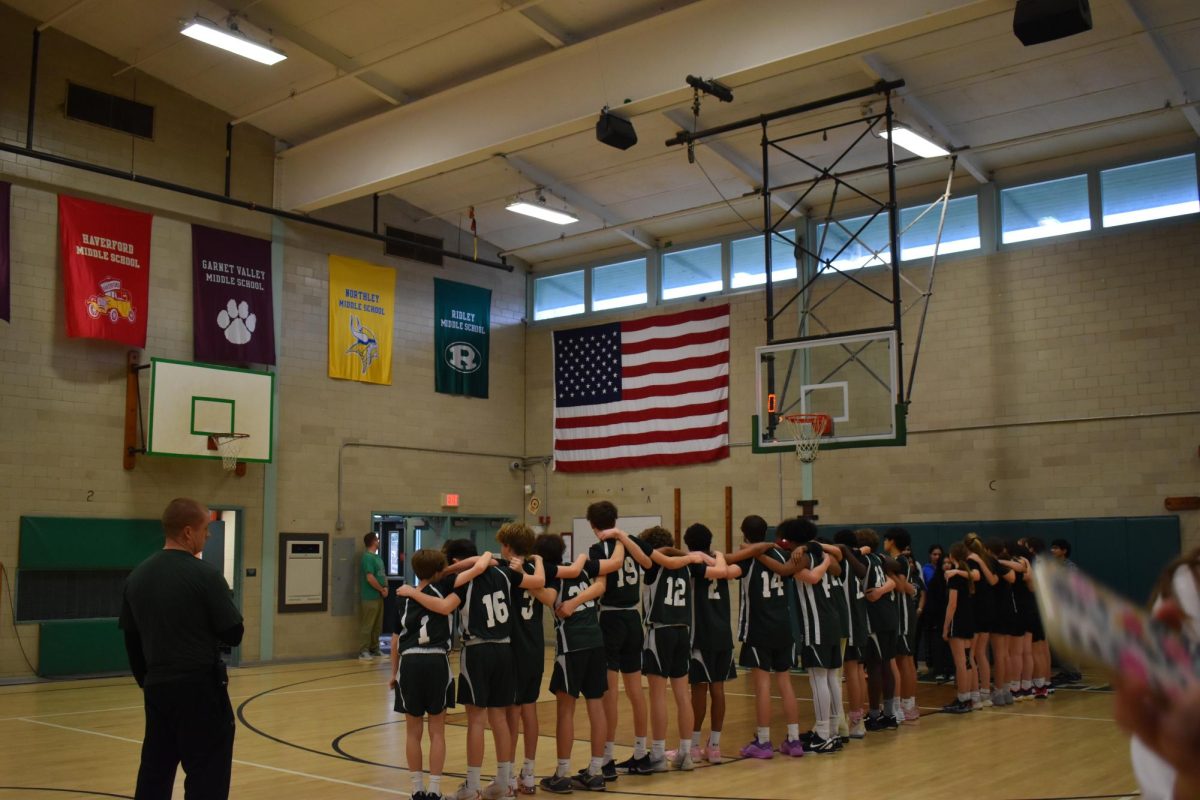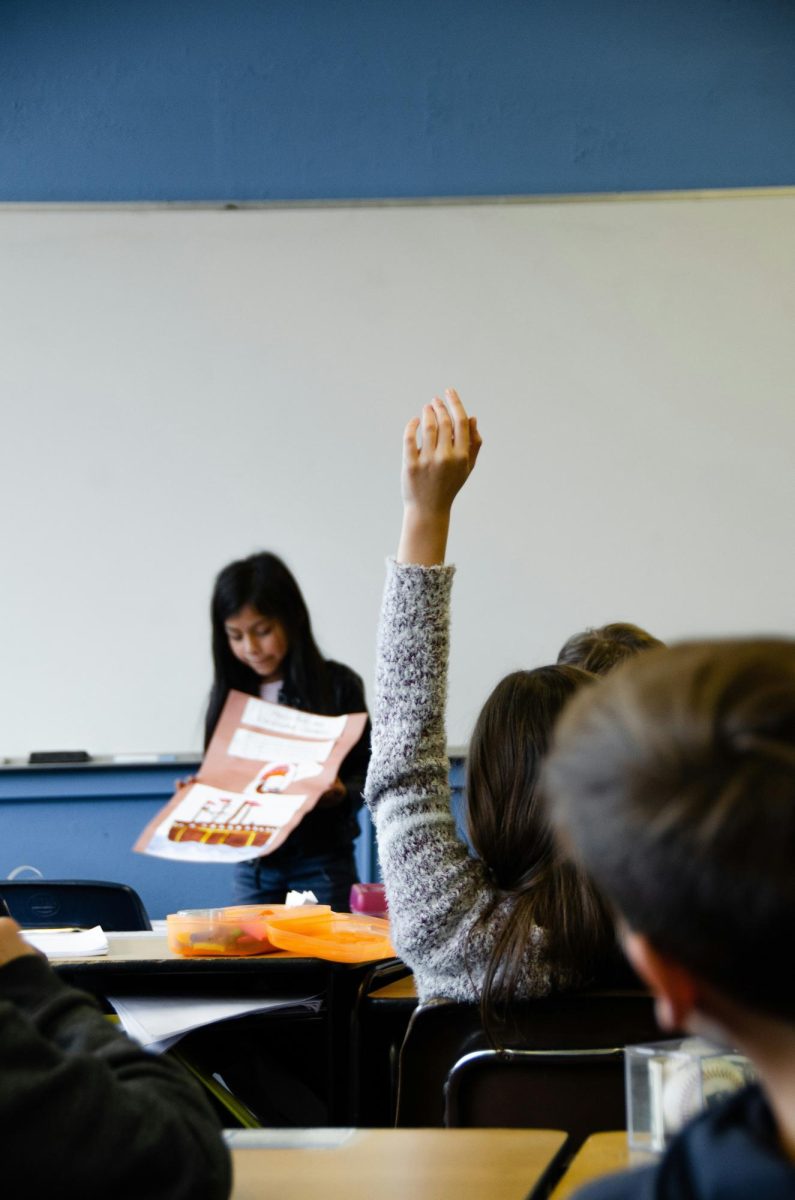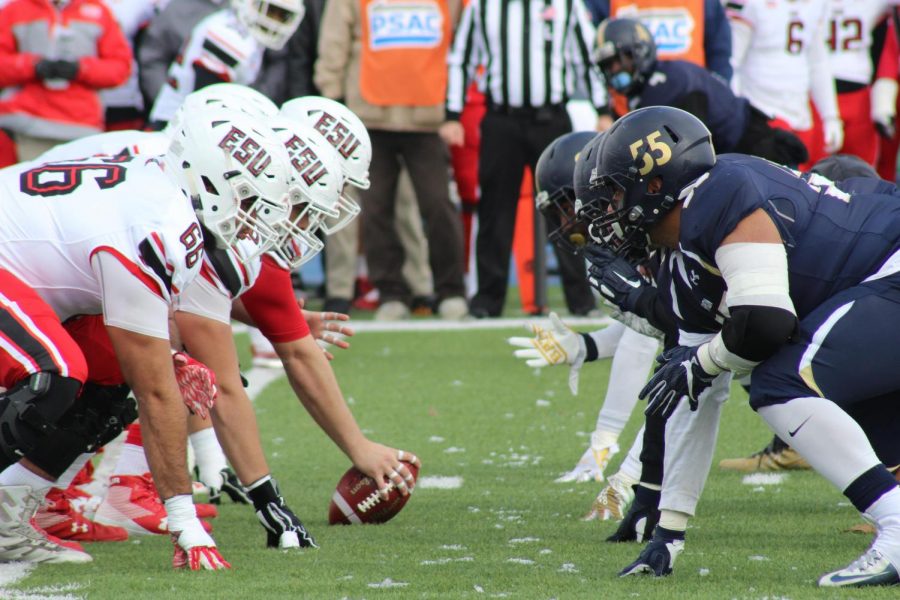In America, public schools receive different funding depending on the area, how the students do in school, and how the area is off economically. In most cases around America, the worst funded schools are the ones where African American individuals live. This system has been dated back since the red lining that occurred in the 60’s and is still seen today in a different form. To explain, schools in previously red lined areas are worse off due to the unfair education they once got. Their lack of decent education reflects on their state testing. Then, because of those tests, they don’t receive good funding, which leads to the hiring of less skilled teachers. This inevitably ends with getting substandard treatment again, repeating the cycle.
If we, as Americans, in our “great” country take all of this into account, we can clearly see that as a country, redlining still exists. You can go to a poor area, most likely in a city, and see run down schools with almost all non-white students. Then you can go right outside that city and see rich areas that are well funded by the “luckier” side of red lining, with fancy schools, highly paid teachers, huge houses, great funding, and an almost all-white demographic. This fact is supported by the APHA article Racism is Public Health with them voicing that, “Unfortunately, many districts operate from an assumption that all students access school in the same way, have the same opportunity to learn once in the classroom and benefit from the same funding, materials and programming. But efforts centered on equality rather than equity, or those operating from a place of color-blindness, ignore the realities of racial disparities that undermine the physical, mental and educational well-being of students of color.” Other supporters of this idea are CAP with the article Fighting Systematic Racism where they boldly but correctly state, “Money matters in education, with multiple studies showing that increasing funding improves outcomes while cuts hurt them. Still, the United States’ school funding systems remain inequitable, disproportionately shortchanging BIPOC students.”
Overall, the idea of funding schools based on their income and previous accomplishments is broadly inequitable and more closely just plain out racist. This is disappointing because our state and country government is in agreement, considering the atrocious people that still think that we shouldn’t have a changed country and that equality was not the solution. In conclusion, we as the people of America need to completely crush systematic racism that affects brown people’s schooling and the ability to have an equitable education.
Editors: Dorsa Aflatouni and Brynn Reynolds






















